
The Drum
A History
Matt Dean
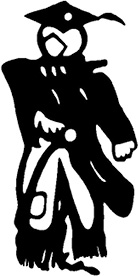
the scarecrow press, Inc.
Lanham Toronto Plymouth, UK
2012
Published by Scarecrow Press, Inc.
A wholly owned subsidiary of The Rowman & Littlefield Publishing Group, Inc.
4501 Forbes Boulevard, Suite 200, Lanham, Maryland 20706
http://www.scarecrowpress.com
Estover Road, Plymouth PL6 7PY, United Kingdom
Copyright 2012 by Matt Dean
All rights reserved. No part of this book may be reproduced in any form or by any electronic or mechanical means, including information storage and retrieval systems, without written permission from the publisher, except by a reviewer who may quote passages in a review.
British Library Cataloguing in Publication Information Available
Library of Congress Cataloging-in-Publication Data
Dean, Matt, 1980
The drum : a history / Matt Dean.
p. cm.
Includes bibliographical references and index.
ISBN 978-0-8108-8170-9 (cloth : alk. paper) ISBN 978-0-8108-8171-6 (ebook)
1. Drum. I. Title.
ML1035.D43 2012
786.909dc23 2011028905
 The paper used in this publication meets the minimum requirements of American National Standard for Information SciencesPermanence of Paper for Printed Library Materials, ANSI/NISO Z39.48-1992.
The paper used in this publication meets the minimum requirements of American National Standard for Information SciencesPermanence of Paper for Printed Library Materials, ANSI/NISO Z39.48-1992.
Printed in the United States of America
Preface
The drum is indispensable in primitive life; no instrument has so many ritual tasks, no instrument is held more sacred.
Curt Sachs, 1940
The drum has been a powerful , awe-inspiring, and emotive instrument from ancient history until today. So many of us are drawn to it when we hear the rhythm, the heartbeat of the drum, as if it had some kind of supernatural power beyond the level of our understanding. It has certainly held me spellbound for the majority of my life. But why does the world need a book about its history?
For me, this is the written record of my findings in answer to an ongoing quest, namely to find out how the modern drums that I play today evolved and from where they came.
As a musician, I have come to realize that my knowledge of the drum, drumming, and their histories is as important as my technical ability to strike the drum. For all the lightning-fast notes I am able to play, the decision of what to play, and when, is just as pertinent.
By listening to the rich recorded musical catalog available, we learn that which helps us make informed decisions when we play our instrument. But having a deeper understanding of the instrument and its history can also aid in ones development as a drummer and even in ones evolution as a listener.
Emulating our favorite drummers is commonly the starting point for those who drum, and from this platform we then leap off into the unknown as we forge our individual musical paths. The more we learn about these past masters and the instrument itself, the larger, richer, more creative, and more inspiring this platform becomes.
Looking back at who and what came before underscores the geographical, religious, political, social, and emotional influences and traditions that resulted in the modern drum (or drum kit). The raw, primal, and often divine power that this instrument possesses ensured its importance among many cultures. That power is still felt to this day in our experience of the drum.
This quest has been occurring for years without my realizing it. It is the fruit of the many countries I have visited over the years and masses of research I have collated in my head, on my computers, in notebooks, on videos and CDs, in magazines and books and even manuscripts. After so long an immersion, now seemed the time to make some structured sense of all to which I had been exposed. This book is the product of that immersion. It is my Columbuss voyage of discovery, my attempt to map how the drum evolved through the ages and across the planet into what we know today.
Along this often-solitary journey, I married, bought a house, and witnessed the birth of my first son, Oliver. And accompanying each of these major events was my earnest effort to finish this book, which at times seemed to have no end. But as I finish its writing, I still have a wife, a house, and a son, and that is largely due to the understanding and selflessness of my spouse, Hannah. To her, I say: I am eternally grateful, and I gladly promise all of my time to you and Oliveruntil the next drum-related project takes hold.
Let me, of course, also thank my parents. My father introduced me to so much great music, sparked my passion, and provided me with the foundation of knowledge I have todaynot to mention my first paid performance with his band. And, of course, alongside him was his wife, my mother, who turned inadvertent bigamist when she learned that she had married a man and his bass guitar. Their patience, support, and encouragement allowed me to follow my dreams as a drummer and as a writer.
Let me also acknowledge Bill Bruford, who, possibly unwittingly, carried my interest in musical history beyond what I learned from my father and who is ultimately responsible for triggering the many questions in my head mainly along the lines of how did that facet of music come to be? Furthermore, I must thank David Kinchin, who guided me and gave me the self-belief to complete this project.
I also should tip my hat to the many, many musical friends, educators, colleagues, and acquaintances who all contributed to this journey and helped me in the quest for answers. You are too numerous to mention by name, so I only hope I have thanked you sufficiently in person.
I hope this book answers many of the questions you have, as I once had about how the drum came to be the instrument we know today. At the very least, I hope it will prove an interesting read. Dare I write that beyond this book there are many more questions I have yet to answer. But one book allows only so many answers, and so my quest continues.
Chapter One
What Is a Drum?
We are all familiar with the drum , and the word surely conjures up various different images in each readers head depending on nationality, country of residence, age, most recent experience with drums, and a host of other factors. But in general the image will consist of a resonating chamber with at least one membrane, be it animal or synthetic, stretched tight across an opening, which is then beaten with a body part or a stickresulting in a noise.
The Collins English Dictionary , third edition (1991), entry is A percussion instrument sounded by striking a membrane stretched across the opening of a hollow cylinder or hemisphere.
Of course the drum is actually found in many different shapes and forms beyond this definition, as people over thousands of years across the face of the earth have been inspired to create weird and wonderful drums on which to create rhythm. The membranes themselves can be held taut with nails, pegs, lacing of many different materials, and metal screws in more modern examples, and they can be attached to shells of wood, metal pottery, and anything else that sounds or looks appealing.
I should mention that this book will follow the Sachs-Hornbostel musical instrument classification system. Although it contains many subdivisions of instrument groupings, it is based on four main categories: chordophones, aerophones, idiophones, and membranophones. A membranophone is defined as containing a membrane stretched across a shell and struck to make a sound. Most drums are membranophones.

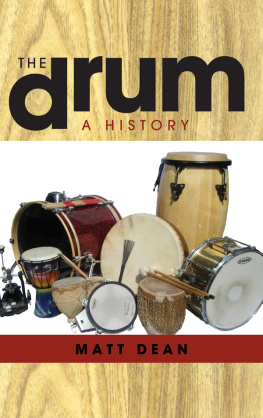
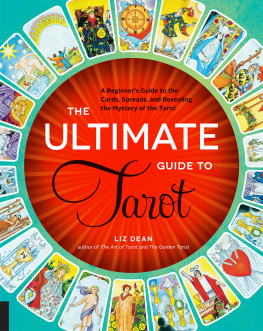
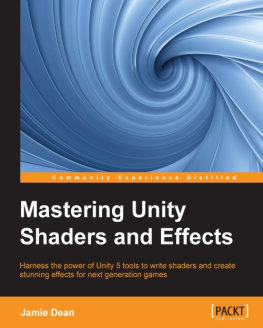
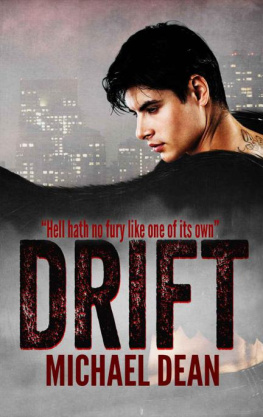

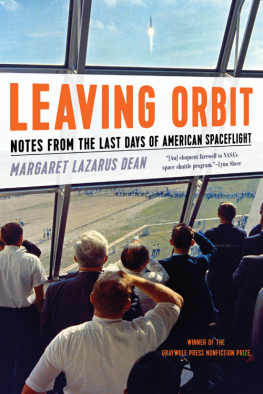

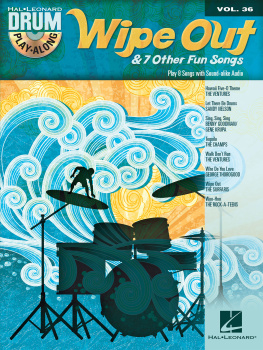
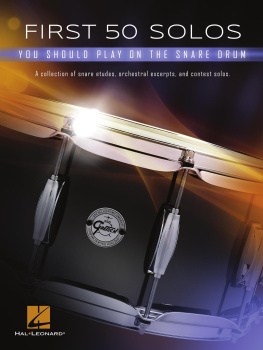
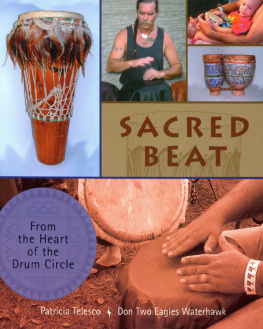



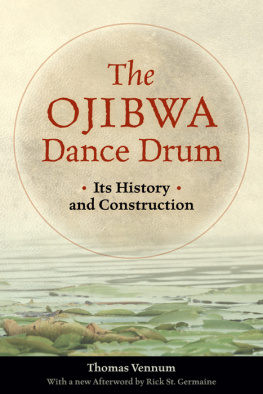
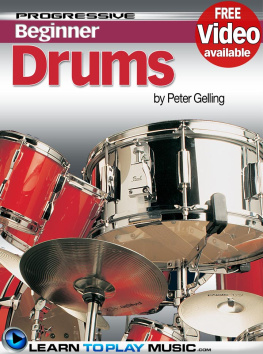
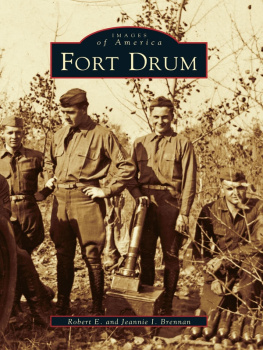
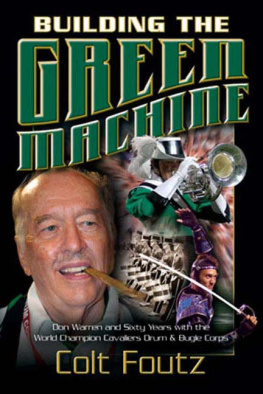




 The paper used in this publication meets the minimum requirements of American National Standard for Information SciencesPermanence of Paper for Printed Library Materials, ANSI/NISO Z39.48-1992.
The paper used in this publication meets the minimum requirements of American National Standard for Information SciencesPermanence of Paper for Printed Library Materials, ANSI/NISO Z39.48-1992.